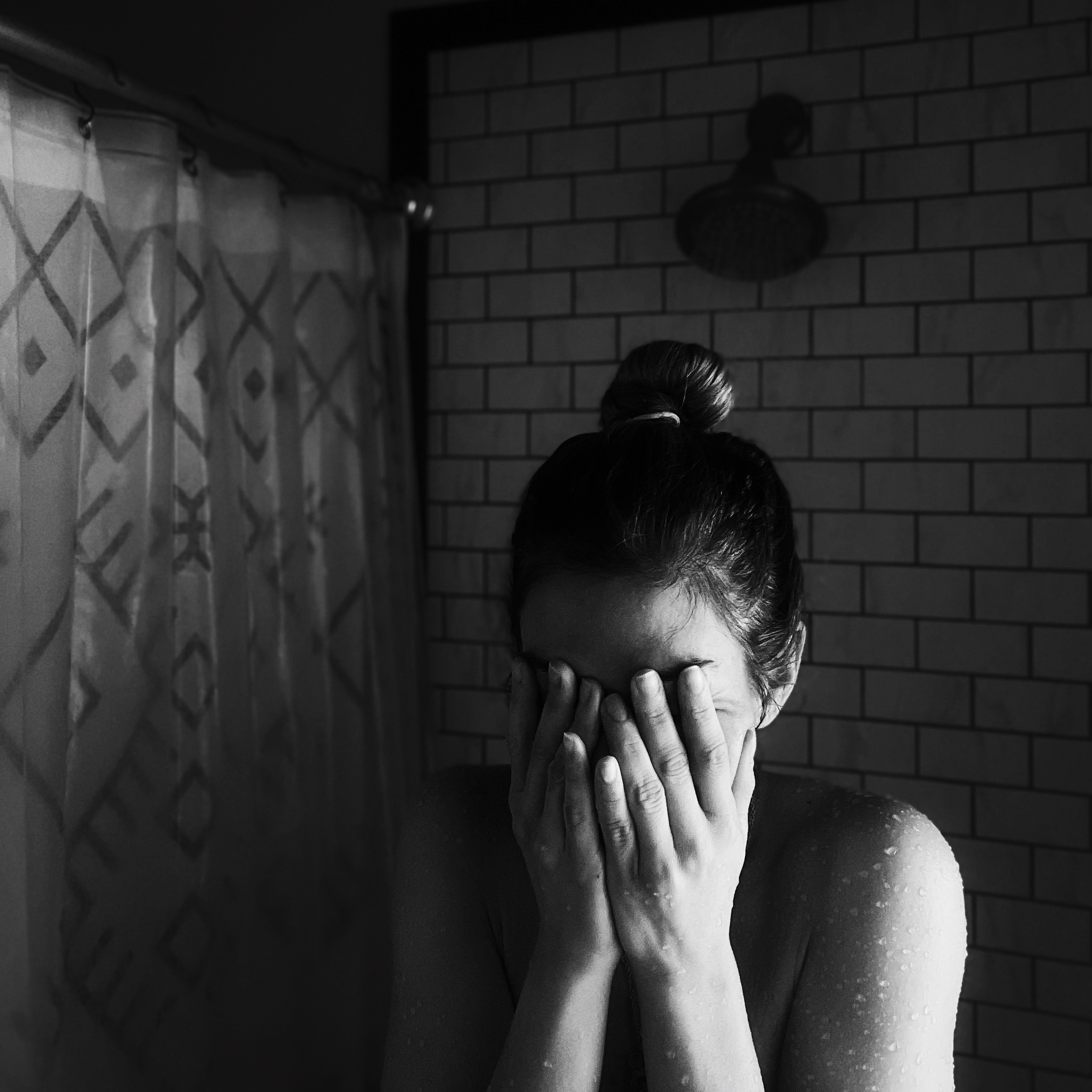Interoceptive Exposure in the treatment of Panic Disorder

Panic disorder is treatable. Characterized by the recurrence of unexpected panic attacks combined with the persistent apprehension about when the next one will strike, panic disorder can be so debilitating, it’s no wonder that sufferers go to such great lengths to try to ward off another attack.
Uncertain of what might have triggered previous panic episodes, they attempt to avoid situations or circumstances that they suspect might have been a factor. This avoidance can lead to the development of a specific phobia (see my previous post for more on phobias) or, more commonly, agoraphobia, which in the most extreme of cases can evolve into intense anxiety at the thought of even leaving the house.
While CBT therapists treat phobias by helping their clients expose themselves to feared external objects and situations, the most powerful tool in the treatment of panic disorder is “interoceptive exposure”.
A critical aspect of a panic episode is a surge in physical sensations in the body, such as an increased heart rate, sudden perspiration, or tightening of the chest, followed by a catastrophic misinterpretation of these sensations. This misinterpretation (e.g., “I’m having a heart attack!” or “I’m going crazy…” ) leads to a spike in anxiety, which in turn causes an intensification of these sensations, perhaps with some new ones added to the mix. And so goes the cycle of panic.
Interoceptive exposures are implemented by recreating the same physical sensations via specific benign activities and developing alternate interpretations of them when they appear. By engaging in such exposures both inside and outside of the therapy session, the person gradually becomes desensitized to the physical sensations that had been contributing to the cycle of panic and learn to no longer assume that their presence represents impending doom. With the fear of panic diminished, the person can reengage with those activities they had begun to avoid.

